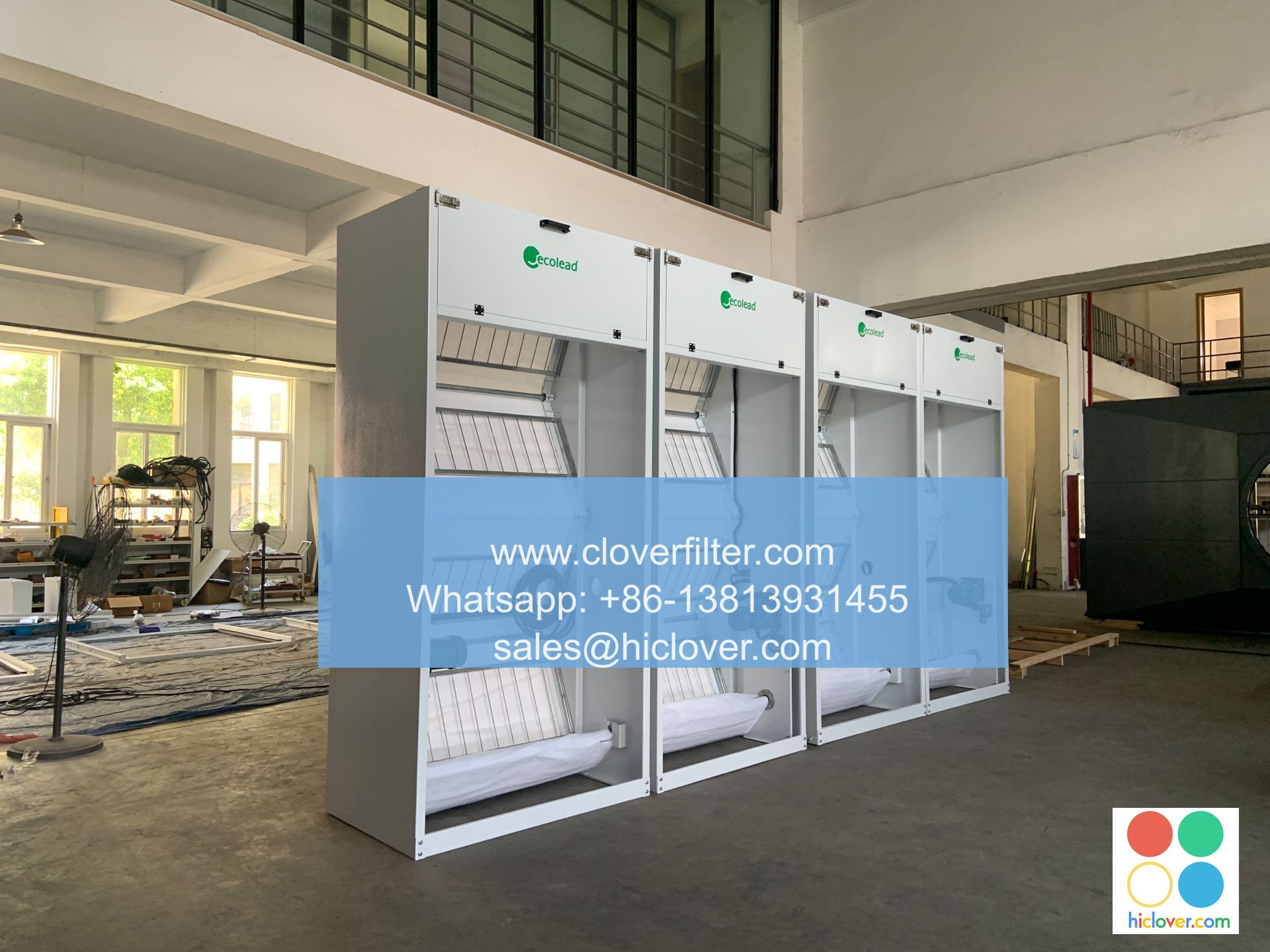The Different Types of Air Filters for Home Use

The Ultimate Guide to Choosing the Right Air Filter for Your Home
Introduction
Breathing clean air is essential for our overall health and well-being. A good air filter can make a significant difference in the quality of air in your home, especially for those who suffer from respiratory issues or allergies. With so many types of air filters available, it can be overwhelming to choose the right one for your needs. In this article, we will explore the different types of air filters for home use, their applications, and how to choose the best one for your home.
Fiberglass Filters
Fiberglass filters are the most common type of air filter used in homes. They are made of fiberglass mesh and are designed to capture large particles such as dust, lint, and hair. They are often the most affordable option and can be replaced easily.
Key benefits:
- Inexpensive
- Easy to replace
- Suitable for most homes
Key limitations:
- Limited effectiveness in capturing smaller particles
- May not be effective for homes with pets or allergies
HEPA (High-Efficiency Particulate Air) Filters
HEPA filters are designed to capture 99.97% of particles as small as 0.3 microns, making them ideal for homes with pets or allergies. They are also more effective at capturing smaller particles than fiberglass filters.
Key benefits:
- Highly effective at capturing small particles
- Suitable for homes with pets or allergies
- Can be used in appliances like vacuum cleaners and air purifiers
Key limitations:
- More expensive than fiberglass filters
- May be less effective in capturing larger particles
- Require periodic cleaning to maintain effectiveness
Activated Carbon Filters
Activated carbon filters are designed to capture gases, odors, and chemicals, making them ideal for homes with pets or smokers. They are also effective at reducing VOCs (volatile organic compounds) and other airborne pollutants.
Key benefits:
- Effective at capturing gases and odors
- Can reduce VOCs and other airborne pollutants
- Can be used in combination with other filters
Key limitations:
- May require more frequent replacement
- Can be more expensive than other types of filters
- May not be effective against larger particles
Weekend House – Style Filters
Whole-house filters are designed to capture larger particles and pollutants, providing a more comprehensive air purification solution. They are often installed in the HVAC system and can be more effective than individual room filters.
Key benefits:
- Comprehensive air purification solution
- Can capture larger particles and pollutants
- Can be installed in the HVAC system
Key limitations:
- More expensive than individual room filters
- Require professional installation
- May not be suitable for all HVAC systems
Choosing the Right Air Filter for Your Home
When choosing an air filter for your home, consider the following factors:
- Particle size: If you have allergies or asthma, look for a filter that can capture small particles (HEPA or activated carbon).
- Pet ownership: If you have pets, consider a filter that can capture pet dander and hair (HEPA or fiberglass).
- Budget: Fiberglass filters are often the most affordable option, but may not be effective for homes with severe air quality issues. HEPA and activated carbon filters can be more expensive, but may be worth the investment.
Conclusion
Choosing the right air filter for your home can make a significant difference in air quality and overall health. By understanding the different types of filters and their applications, you can make an informed decision and ensure a healthier, more comfortable living space.
I’m happy to help you! However, it seems like you haven’t provided a prompt for me to work with. Could you please share what you’d like to talk about, ask, or accomplish? It can be anything from a simple “hello” to a specific question or topic you’d like to discuss. I’m here to assist you!


